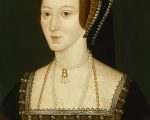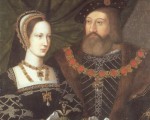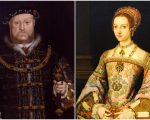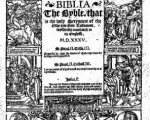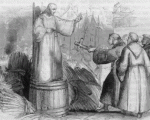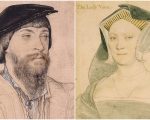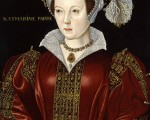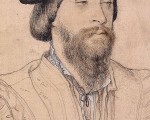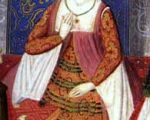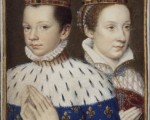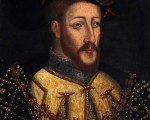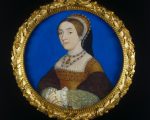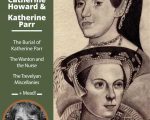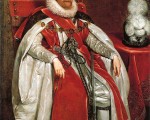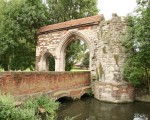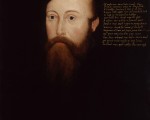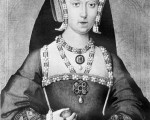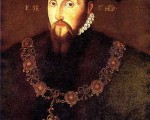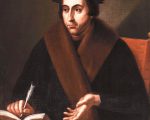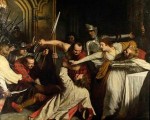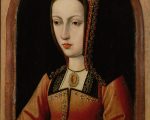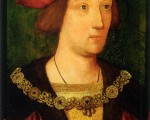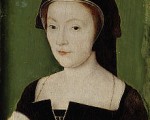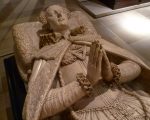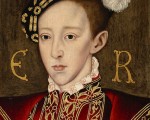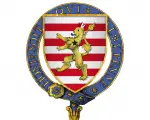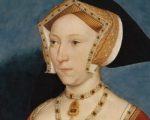
Jane Seymour was the eldest daughter of Sir John Seymour and his wife, Margery. She was probably born in around 1509 at Wulfhall in Wiltshire. By virtue of her mother, Jane could claim descent from Edward III, and her father’s family were descended from Guy de St Maur, who allegedly accompanied William the Conqueror to England in the eleventh century. Unlike Anne Boleyn, nothing is known of Jane’s childhood and adolescence. An unsubstantiated nineteenth-century tradition claimed that she resided at the French court as a maid of honour, but no contemporary evidence supports the notion. It is likely that Jane was educated in line with the expectations of the sixteenth-century gentry. Her needlework and embroidery were praised during her tenure as queen, and it is also plausible that she received music and dancing lessons, although there is nothing to suggest that she was praised at court for any particular skill in those pursuits. Her family were entirely traditional in their religious sympathies: it was only during the last years of Henry VIII’s reign that her brother Edward espoused the cause of radical reform.
[Read More...]
